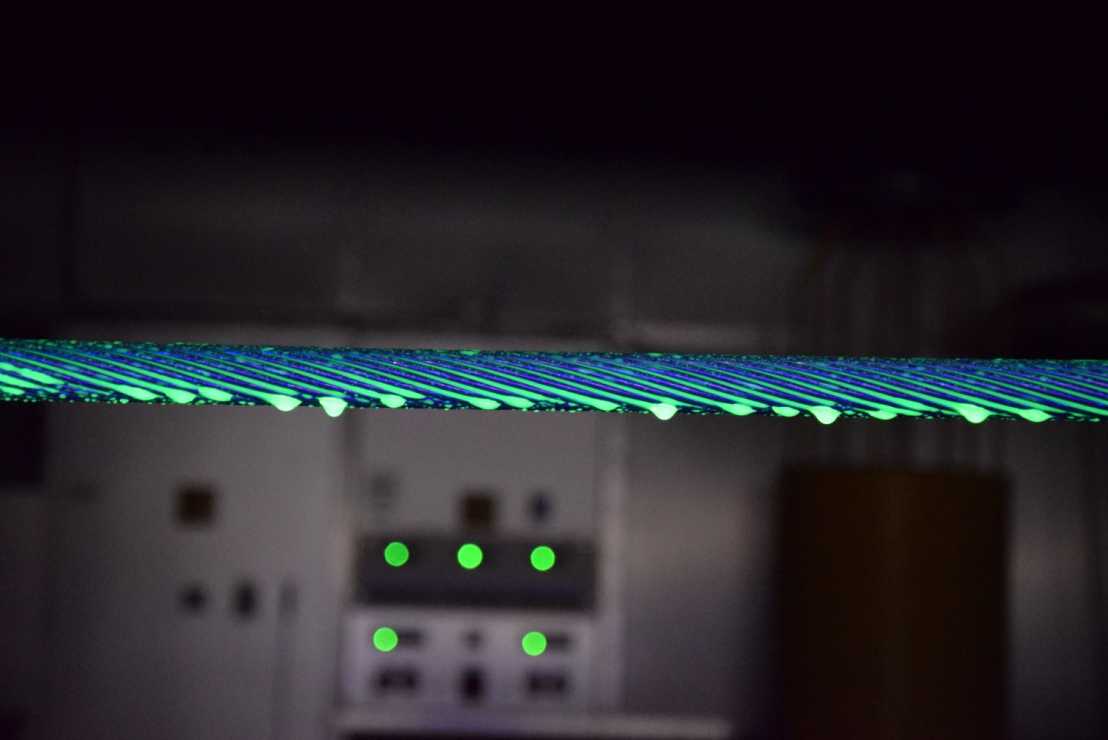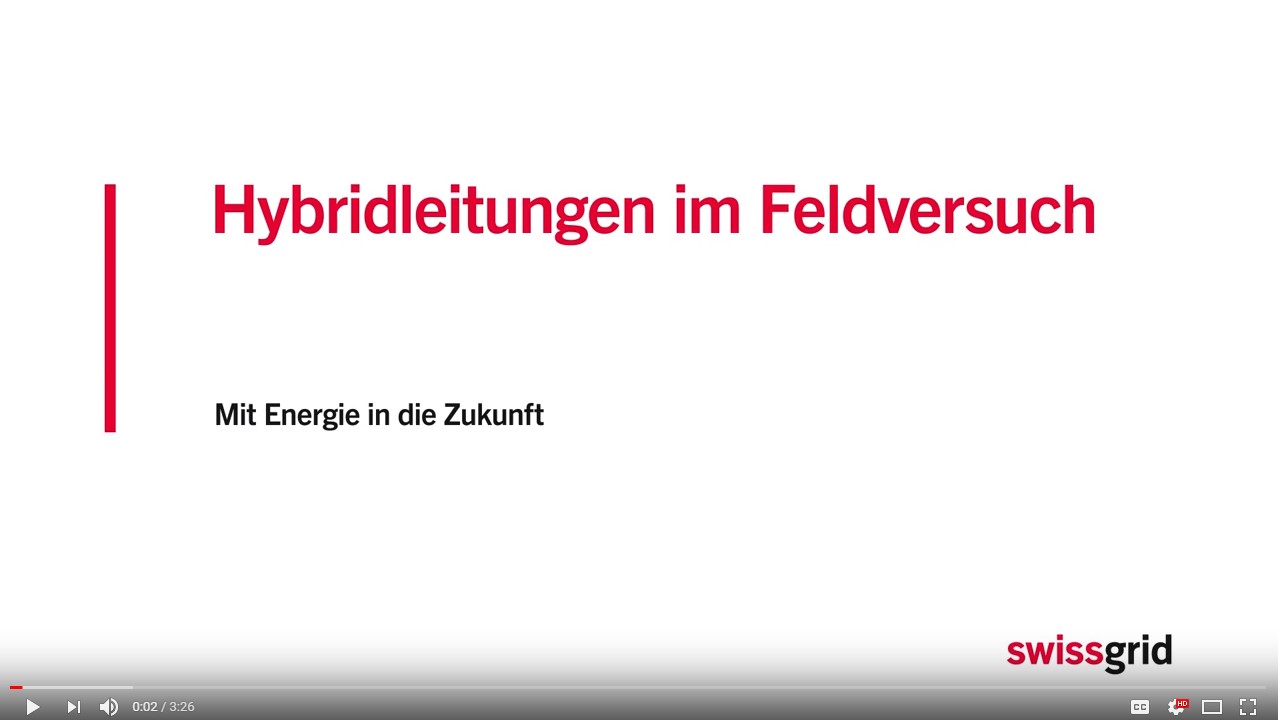Future Overhead Power Transmission Lines

Challenging goals of the climate and energy policy of governments and deregulated electricity markets involve a growth of the electrical energy demand. Besides stronger use of decentralized renewable energy sources, energy is also produced in large scale (offshore) wind and solar parks. This requires updating, uprating and extending the transmission network and its capacity. Since restrictions and public acceptance deter utilities from quickly building new overhead lines (OHLs), up-grading and efficient use of existing lines are important topics. Projects in this area research the possibility of increasing the transmission capacity of existing line without (or with minimum) constructional changes. In collaboration with partners, the public acceptance of these new technical solutions is investigated and acceptance critical constraints are influencing the technical optimization procedures. In addition, basic processes that determine the interaction between single water droplets, conductor surfaces and electric fields are studied. Amongst these are: attachement and deformation of water droplets, partial discharge inception and related audible noise emission.
The change of water droplets on surfaces in electric fields is a multi-disciplinary research activity involving the fields of high-voltage engineering, surface science and thermodynamics. The basic understanding of these processes yields the opportunity to attenuate undesired side-effects, such as corona inception and audible noise on OHL. Main aim of the project is to understand the parameters that influence the audible noise emission, to derive a simulation model to predict audible noise emission, and to support manufacturers to produce low-noise OHL conductors.
Partnership: Amprion
Researchers: Hannah Kirchner, Yang Lu

